At the corner of Mesquite and Peoples, at the very center of downtown Corpus Christi, sits the historic, one-hundred-and-eleven-year-old Furman Building. The building stands on property that was purchased in 1858 by W.W. Chapman, great-grandfather of Dr. McIver Furman, Corpus Christi’s first “Eagle Scout” and a former Mayor of the city (1965-67). For the next 120 years, the property would remain in the hands of the Furman Family. For many years, a grocery store stood on the site.

It was in 1913 that the Furman family erected a one-story building that would become the home of an oil company and Sun Pharmacy.

In the beginning, it was often referred to as the “Sun Pharmacy Building”. The location was said to be the best business site in the city, with City Hall across the street and State National Bank just one block down the street. In 1926, Dr. Furman’s mother, Mrs. Edward E. Furman, added two more stories to the building, creating much of the look that we see today. The addition required a strengthening of the original building’s foundation. Mrs. Furman hired contractor, Fred H. Wagner, to carry out the work. A building permit was issued in May 1926 with a cost estimate of $60,000.

The newly renovated building would have an elevator and “refrigerated” cooling throughout. In addition to the two stories being added to the building, Sun Pharmacy would spend $15,000 to upgrade its coveted space on the first floor. Most interesting was the fact that the interior walls, ceilings, and partitions of the upper floors were to be constructed using a new building material called “Cornell Boards”.
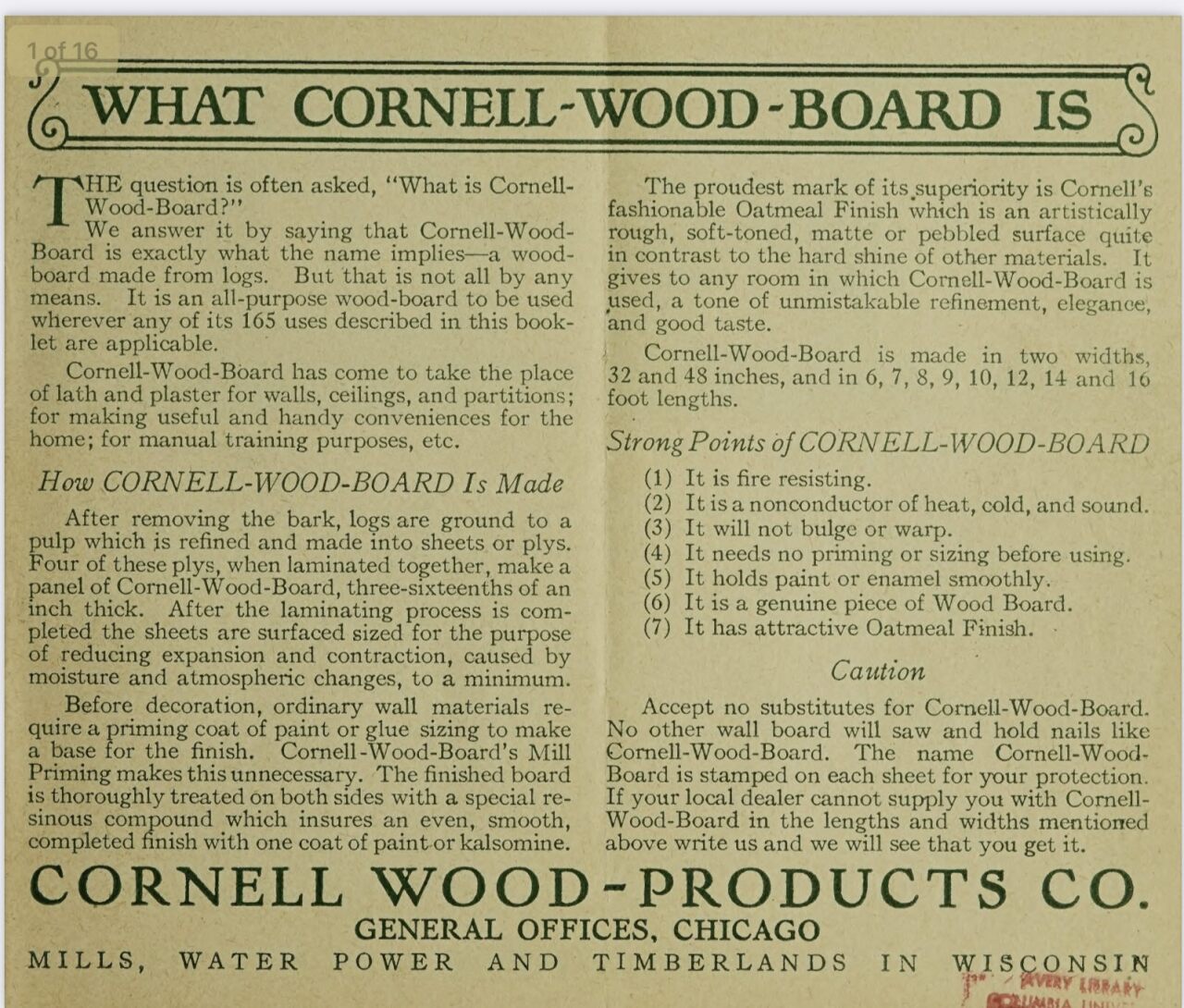
These “boards” were made of shredded wood that were molded into sheets or “plys”. Four “plys” were then glued together to form a “board” that came in widths of 32 or 48 inches and lengths from 6 to 16 feet. Unlike the “lath and plaster” method used for walls, etc. at the time, the new Cornell Boards were not subject to the expansion and contraction that often caused cracks in plaster walls. If all of this sounds familiar, it should. The “Cornell Boards” of 1926 are what we call “plywood” today. Its use in the Furman Building renovation in 1926 marked the first time that plywood was used in construction in Corpus Christi.

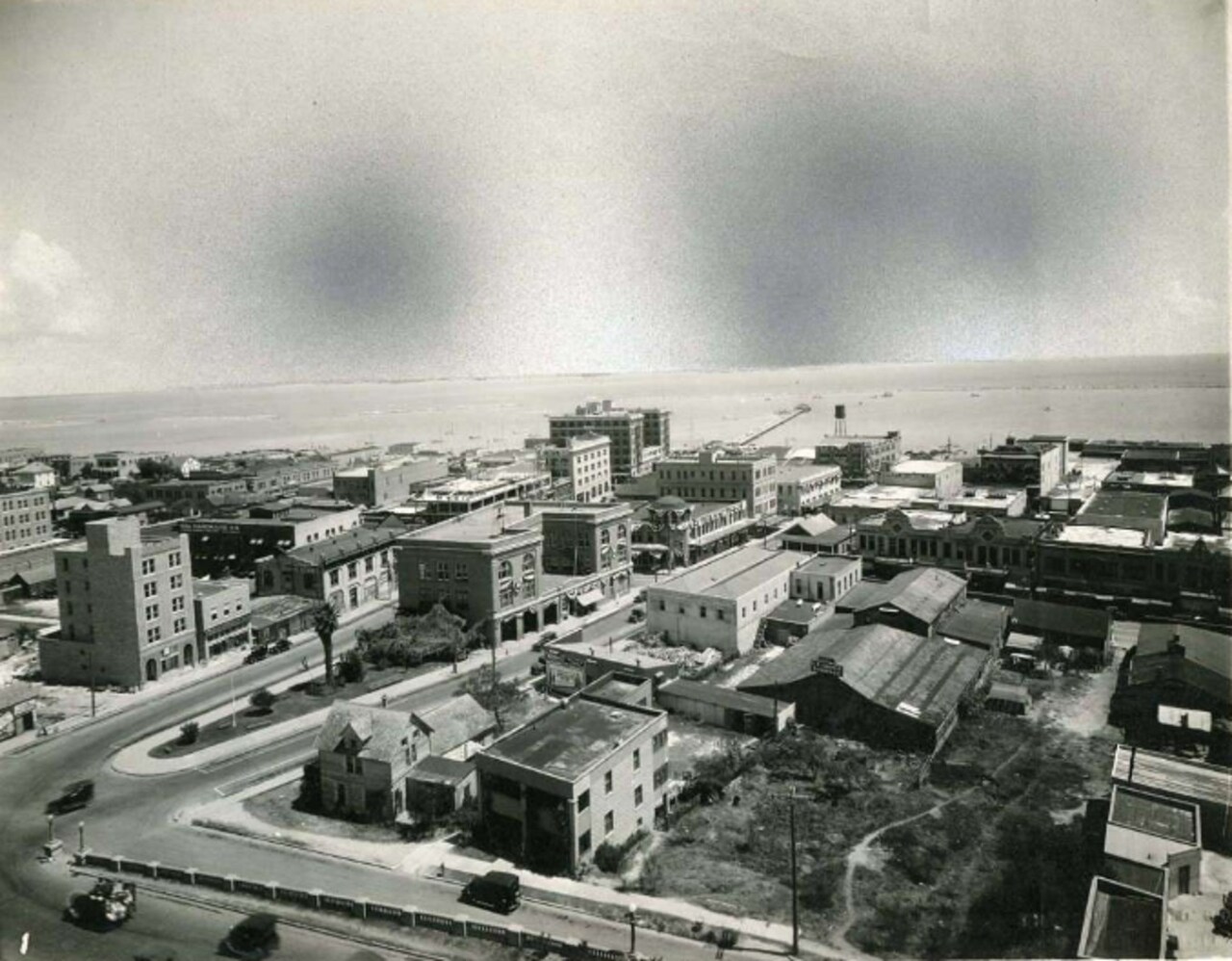
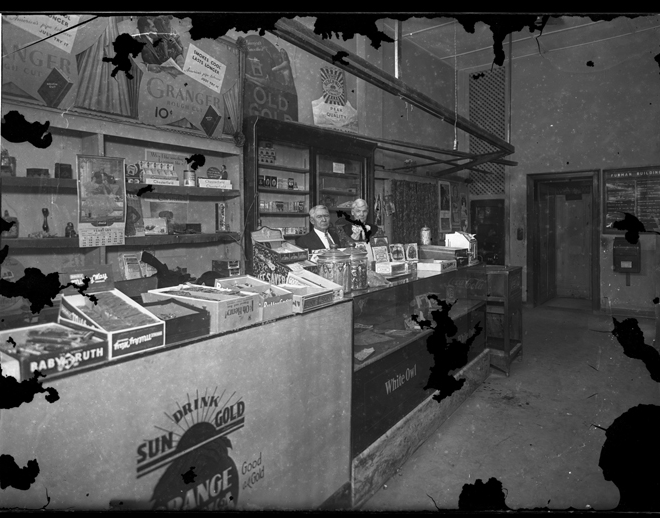

The upper stories of the “new” building would be rented out as office space. The prestigious Furman Building remained a popular address for many businesses and professions well into the 1960s.
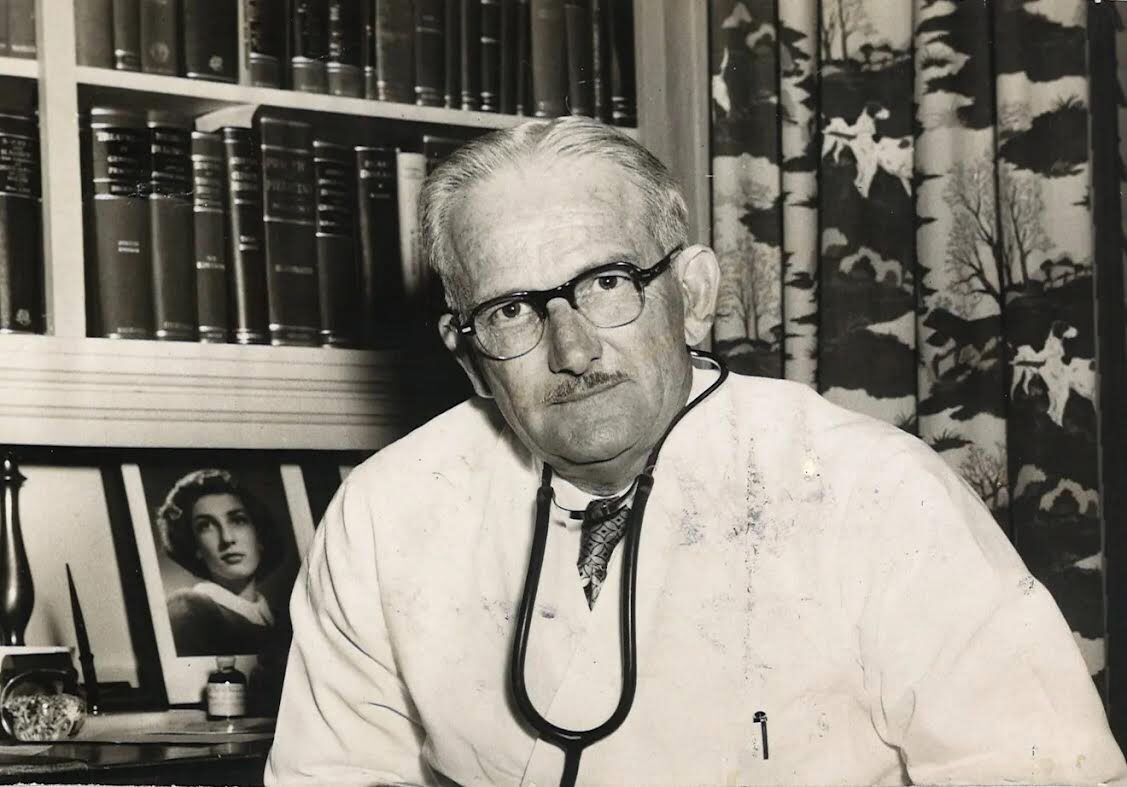
Dr. McIver Furman would eventually inherit the building and maintained his own office there until 1968. By then, businesses and offices were moving out of downtown. Dr. Furman had to close the top two floors of his building for lack of tenants. He even moved his own office out of the building. The fifty-five-year-old structure was in dire need of a major renovation. In the late 1970s, Dr. Furman sold the building to a group of Italian investors.
For almost 10 years, the Furman Building stood vacant and boarded up. At one point, it and other nearby historic buildings were on a city list of buildings slated for demolition.


Then, in June 1984 a group of local investors that included builder Buddy Seeds, Jr., accountant Mandy Deleon, Jr., and contractor Brian Leggett, operating as “3rd Coast Investment, Inc.” bought the building for $750,000. The group planned to spend $4 million restoring the old building and constructing a five-story, 300-car parking garage on 2 lots behind the Furman Building. John Wright was hired as the architect for the project.

The interior of the building was completely gutted during the renovation. A central atrium that rose from the ground floor to the top floor greeted visitors as they entered the building, and a mezzanine was added between floors one and two. Restaurants and shops would occupy the first two floors with business offices located on the upper floors. A decorative green awning was installed on the Mesquite and Peoples Street sides of the building. Restoration of the Furman Building also encouraged investors to save and restore the 1914 McDonald Building next door to te Furman Building. It, too, had been on the city’s demolition list after standing vacant since the 1950’s.
In 2023, the Furman Building was sold and a new revitalization would take place.
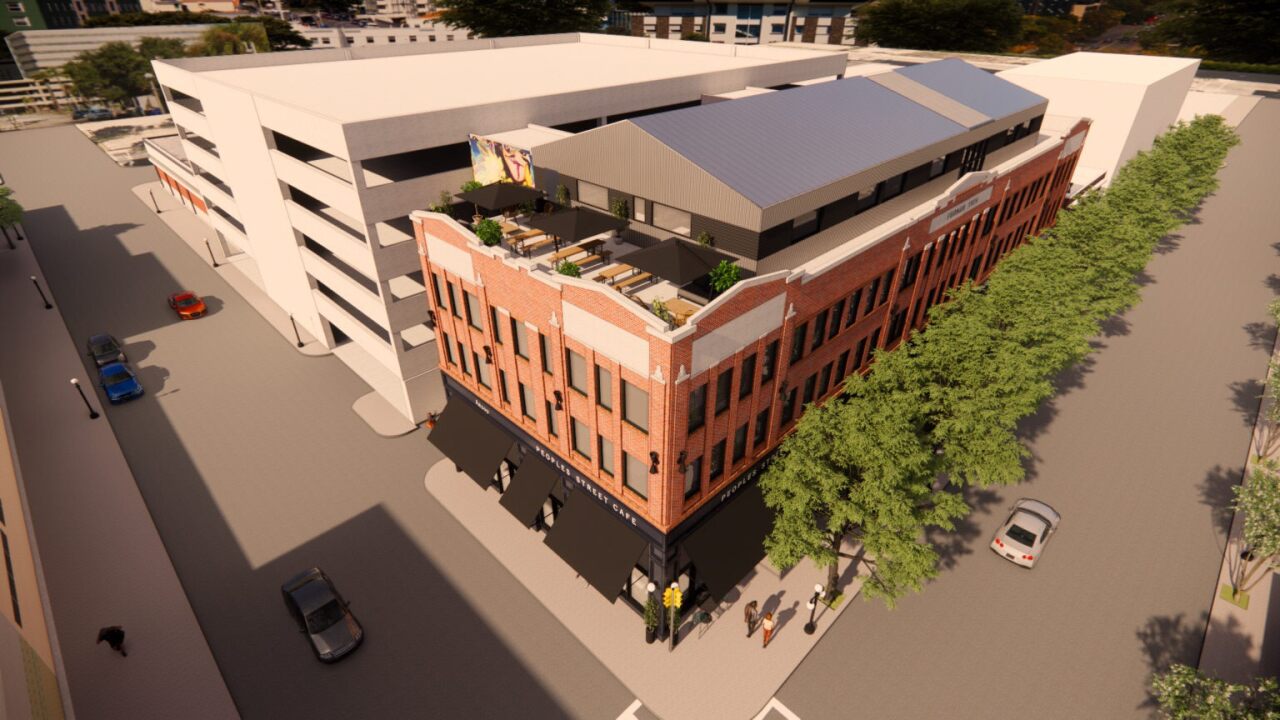

The building would be transformed into a multi-use development of retail and office space spearheaded by Stephen Rybak of MDR Advertising. A new restaurant/coffee shop was planned for the ground floor atrium, along with a new rooftop deck overlooking Mesquite Street and La Retama Park. The Furman Building was to also take on a new name…..”The Foundry”. This new development guarantees that the historic Furman Building will continue to be around for a while longer.




